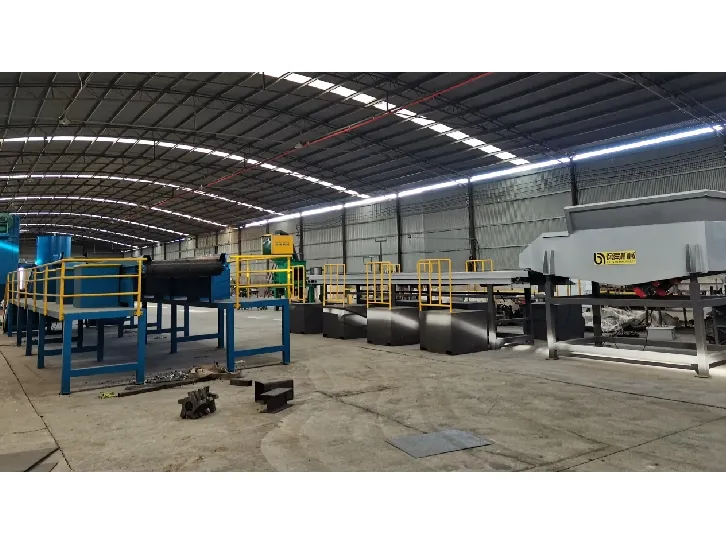

ਸਤੰ. . 06, 2024 08:22 Back to list
Understanding Eddy Current in Aluminum Principles and Applications
Eddy currents are loops of electrical current that occur when a conductor, such as aluminum, is exposed to a changing magnetic field. This phenomenon has significant implications in various fields, including industrial applications, non-destructive testing, and materials science.
Understanding Eddy Current in Aluminum Principles and Applications
One of the most notable features of eddy currents in aluminum is that they can lead to energy losses, primarily in the form of heat, due to the material's resistance. This effect is particularly exploited in various applications, such as induction heating, where eddy currents generate heat within the metal, facilitating processes like metal treatment and welding. In this context, the efficiency of eddy current heating is influenced by factors such as the frequency of the alternating magnetic field and the conductivity of the aluminum.

In addition to heating applications, eddy currents play a crucial role in non-destructive testing (NDT) techniques. Eddy current testing is a widely used method for inspecting conductive materials, allowing for the detection of flaws such as cracks or corrosion without damaging the material. By analyzing the changes in the induced currents, inspectors can ascertain the quality and integrity of aluminum components in various industries, including aerospace and automotive.
Another important aspect of eddy currents is their impact on the design of components. Engineers often take these currents into account when designing electrical and mechanical systems. For instance, in transformer cores or electric motors, aluminum components are chosen for their lightweight nature; however, careful consideration must be given to minimize eddy current losses. This can be achieved through techniques such as laminating the material or using conductive coatings to reduce the cross-sectional area for current flow.
In conclusion, eddy currents in aluminum illustrate a fascinating intersection of physics and engineering. Whether in optimizing industrial processes or ensuring the reliability of critical infrastructure, understanding and managing eddy currents is essential. As technology advances, the study of these currents will likely lead to innovative applications, further enhancing the versatility and utility of aluminum in modern engineering.
Latest news
Troubleshooting Common Eddy Separator Problems
NewsJul.04,2025
The Role of Metal Recycling Plants in Circular Economy
NewsJul.04,2025
The Impact of Recycling Line Pickers on Waste Management Costs
NewsJul.04,2025
Safety Features Every Metal Shredder Should Have
NewsJul.04,2025
How Industrial Shredders Improve Waste Management Systems
NewsJul.04,2025
How Cable Granulators Contribute to Sustainable Recycling
NewsJul.04,2025